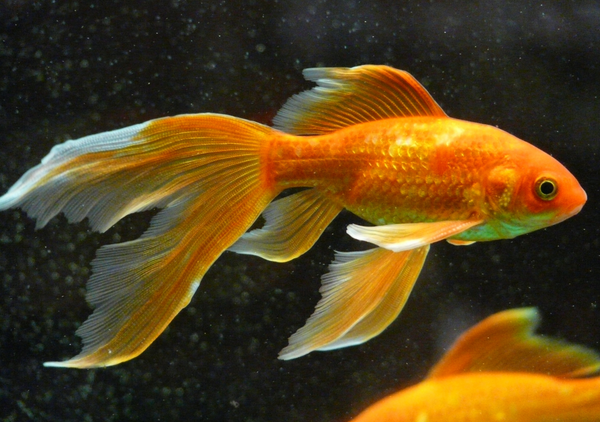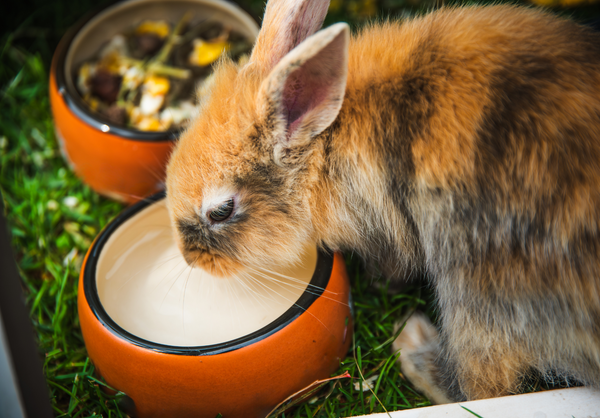The common Leopard Gecko (Eublepharis macularius) has become a staple household reptile and captivity bred in North America for over 30 years. Their popularity is due to their docile nature, easy care and variety.
About Leopard Geckos
 Leopard geckos are small-medium gecko native to the highlands of Asia and throughout Pakistan. they are typically between 7"- 8" in length, with males growing up to 10". Leopard geckos are one of the longer living geckos, living in captivity between 12-20 years! These geckos are nocturnal, rarely coming out of their hide during the day. They are also a part of the subfamily Eublepharidae, gecks known to have no eyelids, and the lack of adhesive lamellae on their toes.
Leopard geckos are small-medium gecko native to the highlands of Asia and throughout Pakistan. they are typically between 7"- 8" in length, with males growing up to 10". Leopard geckos are one of the longer living geckos, living in captivity between 12-20 years! These geckos are nocturnal, rarely coming out of their hide during the day. They are also a part of the subfamily Eublepharidae, gecks known to have no eyelids, and the lack of adhesive lamellae on their toes.
Tank Set-up
A standard 10-20 gallon tank with a screen top is adequate for a single leopard gecko. Pisces Recommends: Exo-Terra Leopard Gecko Starter Kit. If the tank is too large, your gecko can stray away from the heat source and get too cold. Leopard geckos like it hot! An ambient temperature of 73 and a hide temperature of ~90°F is ideal. Place heat source on one side of the tank to create a temperature gradient. Pisces Recommends: Exo-Terra Bulbs & Fixtures. Provide a water dish large enough to curl its whole body inside to help with shedding.
Diet
 Leopard geckos, like most geckos, are insectivores. This means that they will only feast on various insects. Adult leopard geckos should be offered food every day, juveniles should be offered twice a day. Feed appropriate sized crickets, no bigger than the width of their head. Worms make a great treat twice a week. Dust insects with a calcium powder every second feeding, and a vitamin supplement once week. Pisces Recommends: Repashy Calcium Plus & Supervite.
Leopard geckos, like most geckos, are insectivores. This means that they will only feast on various insects. Adult leopard geckos should be offered food every day, juveniles should be offered twice a day. Feed appropriate sized crickets, no bigger than the width of their head. Worms make a great treat twice a week. Dust insects with a calcium powder every second feeding, and a vitamin supplement once week. Pisces Recommends: Repashy Calcium Plus & Supervite.
Handling & Temperament
Leopard geckos are naturally a very friendly and docile lizard. Generally, you should not handle your leopard gecko on a regular basis until it reaches more than 6" in length. Never grab your gecko by the tail, or it will fall off. When your gecko is old enough, take it out and sit on the floor while you let your gecko crawl through your loose fingers and hand-over hand for 10-15 minutes per day. Your gecko should warm up to your handling withing 5-7 days.
Leopard Gecko Autotomy
Leopard geckos practice autotomy (from the Greek auto "self" and tome "severing"), the behavior whereby an animal sheds, drops or discards one or more of its own appendages. Leopard geckos will drop their tail due to a series of factors, including:
- Being bullied by other geckos in the same cage
- Tail getting stuck or trapped in something in the cage
- Stress
- Fear
- Illness
- Infection
If your gecko drops its tail, do not freak out! It will grow back, though maybe not as perfect as the original. Use paper towel instead of bedding or substrate until the wound closes to prevent pieces from entering the body. Increase the amount of food you offer after a tail drop, losing a tail is stressful and it will deplete their fat storage.





